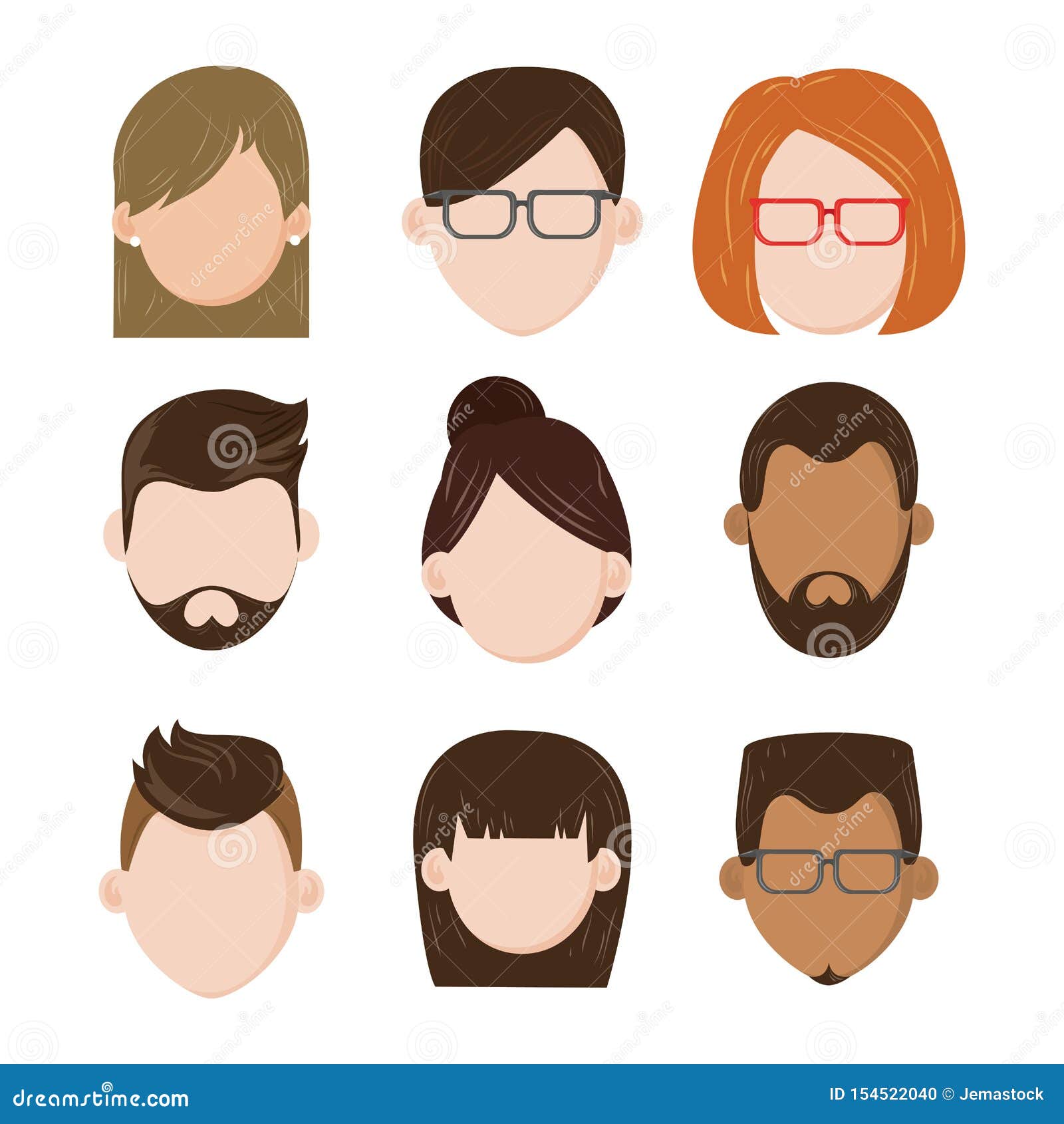
I always look for light, contrast, shadows to create a picture and communicate an emotion or a specific feeling. My vision of street photography is more oriented to discover the beauty of daily life. It is a different approach to street photography that wants to demonstrate how this genre can also be considered fine art photography. With Faceless I’m trying to show the everyday life of people without invading their personal spaces. The book has been released in December of 2015 via Blurb.
#BLACK AND WHITE FACELESS DRAWINGS FULL#
It was a very different experience than traveling in China, mainly due to very tight security, a result of years of political unrest, which I have to say added to an uneasy feeling throughout but this huge area has so much more to offer, a unique history of the ancient silk road which is incredibly preserved due to the dry weather conditions, to the highest snow peaked mountains that look as if they were taken from the Swiss alps.įrom the vibrant markets full of spices to the beautifully hand crafted artifacts, and the beautiful scarfed women, it all seemed to belong to a different time and a magical place.Faceless is a street photography project, now also a book, I’ve been working on since 2013. “She was right in many aspects and I could find quite a few similarities between the Uyghur people and people from the Middle East.” Their look is closer to Israeli than Chinese she used to tell me and that I would like the food. I was specifically interested, as my wife, although mainland Chinese, was born in Xinjiang, in Korla and I have heard much about the Turkic peoples where she was born. It was really quite remarkable, a once in the life time experience.

This invitation also gave you the opportunity to visit the province of Xinjiang which is home of the Uyghur, an ethnic minority that primarily practices Islam.

You were recently invited by the Museum of Contemporary Art of Chengdu in China to a group exhibition under the title “Memory Goes As Far As This Morning”. For me the act of erasing is as important and positive as a mark making. I’m interested in reversing this process, everything else comes first and then leave an opening, a question mark. We ‘read’ each other and any human portrait, by first and for-most our facial features and then everything else. Our mannerism, style, the way we dress, walk etc. “I was and still am fascinated by how much information we gather between us that is outside the face.”

As my work shifted back to portraiture, I found out fairly quickly that I can describe what I need without the features. Painting old toys I was reacting to the physical erasure of the doll features after years of being handled and played with kids. When I began erasing the facial features it was something altogether different. In my work I try to strike a balance between the general and the specific, the ‘public’ and the ‘individual’, which I find fascinating. Growing up I was fascinated by the little figures in my grandfather’s landscape paintings just little blobs of paint to describe a face, limbs or body. More than anything it’s an abstraction tool, a way I enjoy directing and dissecting what I see and the surface of the painting. What is the reason, the intention behind these portraits without features? Being a sort of « craftsman of memories », each of your paintings has this incomplete detail of faceless human beings.


 0 kommentar(er)
0 kommentar(er)
